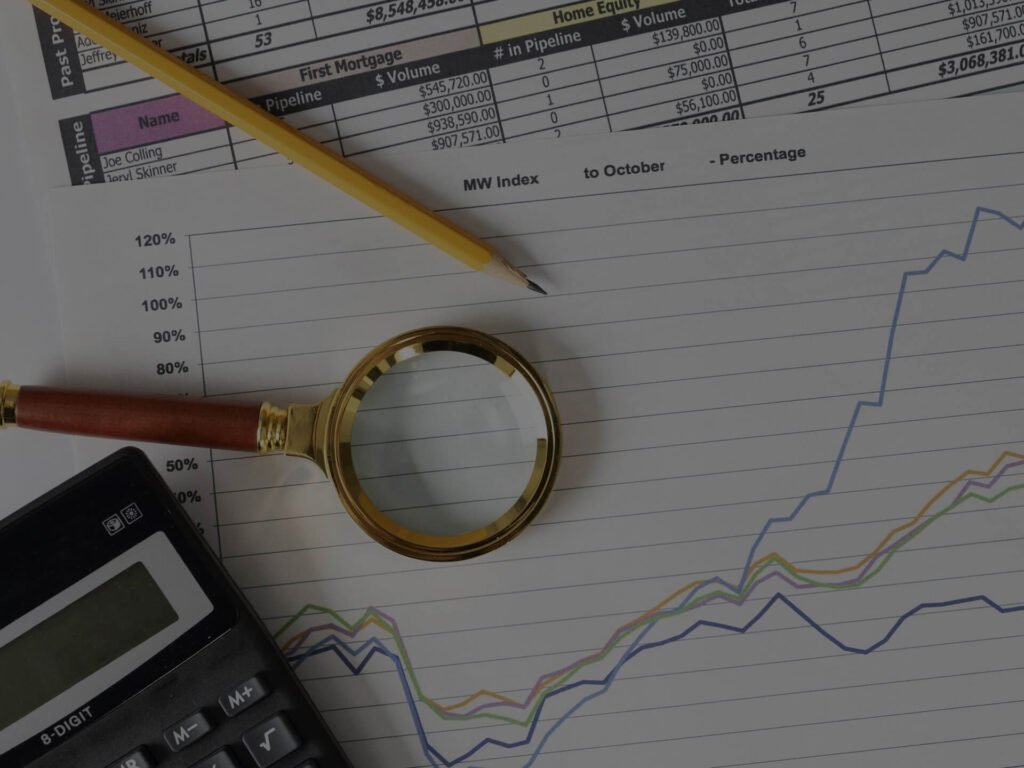
The Global Quick Trend Trader
The Global Quick Trend Trader, another key strategy within the Global Algorithmic Trading Software (GATS), operates on the M5 (five-minute) timeframe. This strategy is designed to capitalize on short-lived trends in the market, using a blend of technical indicators and algorithmic efficiency to secure profits from these quick movements. Here are several important aspects to discuss regarding this strategy:
-
Targeting Short-Term Trends:
- Unlike the scalping focus of Strategy 1, the Global Quick Trend Trader aims to capture slightly longer and more sustained movements that can occur within minutes. This strategy is perfect for traders who look to profit from the rapid but more substantial shifts that can happen throughout a trading day.
-
Indicator Utilization:
- This strategy employs a sophisticated mix of indicators, including the Global Moving Average Convergence Divergence (GMACD), Heiken Ashi Smoothed candles, and Dynamic Adaptive ATR Trailing Stops. These indicators help in identifying momentum and setting stops based on volatility, which are critical in optimizing entry and exit points.
-
Flexibility in Volatile Markets:
- The Global Quick Trend Trader is particularly effective in volatile markets where short-term trends are more pronounced. By leveraging the responsiveness of the M5 timeframe, this strategy can quickly adapt to changes, capturing gains from swift market movements.
-
Risk Management Features:
- Risk is managed through tightly controlled stop losses and a predefined risk-to-reward ratio that aims to maximize gains while limiting losses. Adaptive ATR Trailing Stops are used to adjust stop levels dynamically, protecting profits as a trade becomes favorable.
-
Strategic Execution:
- The execution of trades is automated by GATS, reducing the latency and slippage often associated with manual trading. Automation ensures that the strategy is executed with precision, timing trades to coincide with optimal market conditions and indicator signals.
-
Comprehensive Market Analysis:
- The strategy not only relies on technical analysis but also incorporates broader market sentiment and potential economic indicators that could affect short-term market dynamics. This holistic approach ensures that the trades are placed in consideration of both technical setup and prevailing market conditions.
-
EMA Zone Integration:
- The strategy uses the same color-coded EMA Zones as the Global Momentum Scalper to determine market trends. These zones provide a layered perspective on market conditions, aiding in the decision-making process for initiating or exiting trades based on the confluence of trends across different time frames.
By focusing on these elements, the Global Quick Trend Trader within GATS showcases a robust approach to trading that combines speed with strategic depth, making it suitable for traders who wish to engage with the market on a slightly broader temporal canvas than scalping but still desire quick outcomes.
The Global Quick Trend Trader, another key strategy within the Global Algorithmic Trading Software (GATS), operates on the M5 (five-minute) timeframe. This strategy is designed to capitalize on short-lived trends in the market, using a blend of technical indicators and algorithmic efficiency to secure profits from these quick movements.
Strategy Integration:
This strategy is often integrated with other trading strategies to create a diversified trading approach. For instance, combining the quick trades of Strategy 2 with the longer-term strategies of GATS can balance risk and provide steadier returns. This mixed-strategy approach helps in smoothing out the volatility and dependency on one market condition.
Technological Advantages
Utilizing cutting-edge technology, GATS enables the Global Quick Trend Trader to perform high-frequency trading calculations at impressive speeds. This capacity for rapid analysis and execution is crucial for exploiting the M5 timeframe effectively, where opportunities may last only briefly.
By the numbers, the effort:
- Reduced lead time by 43%
- Decreased variability by 50%
- Lowered the risk of back-order by 95%
- Increased stock for finished goods by 10%
